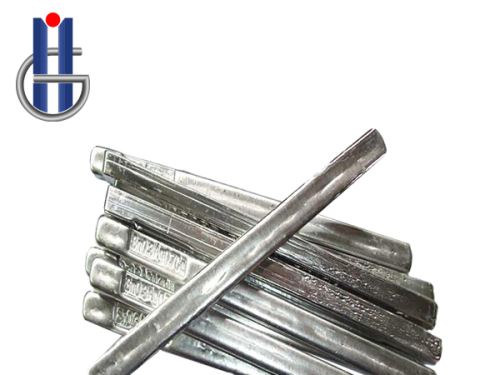The purity requirements for
pure tin bars are typically specified in terms of the percentage of tin content. pure tin bar is often defined as having a tin content of 99.9% or higher. The standard purity level for pure tin is commonly referred to as "99.9% tin" or "4N tin," where "4N" stands for four nines, representing 99.99% purity.
It's important to note that achieving absolute purity is challenging due to the presence of trace impurities. The most common impurities in tin are often other metals, such as lead, copper, antimony, and bismuth. The allowable limits for these impurities may vary depending on the specific application and industry standards.
In some industries, especially those related to electronics and soldering, there are stringent purity requirements for tin to ensure optimal performance and reliability. For example, in the electronics industry, high-purity tin is crucial for soldering applications to prevent the formation of tin whiskers, which can lead to short circuits and other electronic failures.
When purchasing
pure tin bars, it's essential to refer to industry standards or specifications provided by the supplier to understand the exact purity levels and any relevant impurity limits. Common specifications may include:
Tin Content (%): The primary specification is the percentage of tin in the alloy. Pure tin bars typically have a minimum tin content of 99.9%.
Impurity Limits: Specifications may outline the maximum allowable limits for impurities such as lead, copper, antimony, bismuth, and others.
Physical Properties: Specifications may include requirements for the physical properties of the tin bars, such as dimensions, weight, and surface finish.
Compliance Standards: Pure tin bars may need to meet specific industry standards or regulations, such as those set by organizations like ASTM International or the International Organization for Standardization (ISO).
It's crucial for users and buyers of pure tin bars to communicate their specific requirements to suppliers and to ensure that the purchased material meets the necessary standards for their intended applications. Additionally, regulatory requirements and industry standards may evolve, so it's advisable to stay informed about any updates or changes in specifications related to pure tin.


 High Purity Tin Ingot: Crucial Applications and Benefits
High Purity Tin Ingot: Crucial Applications and Benefits
 Pure Tin Ingot: Essential Material for Diverse Industrial Applications
Pure Tin Ingot: Essential Material for Diverse Industrial Applications
 Unlocking the Potential of Pure Tin Bars: Essential Components for Diverse Industries
Unlocking the Potential of Pure Tin Bars: Essential Components for Diverse Industries
 Lead Bar for Sale: Uses, Specifications, and Buying Considerations
Lead Bar for Sale: Uses, Specifications, and Buying Considerations